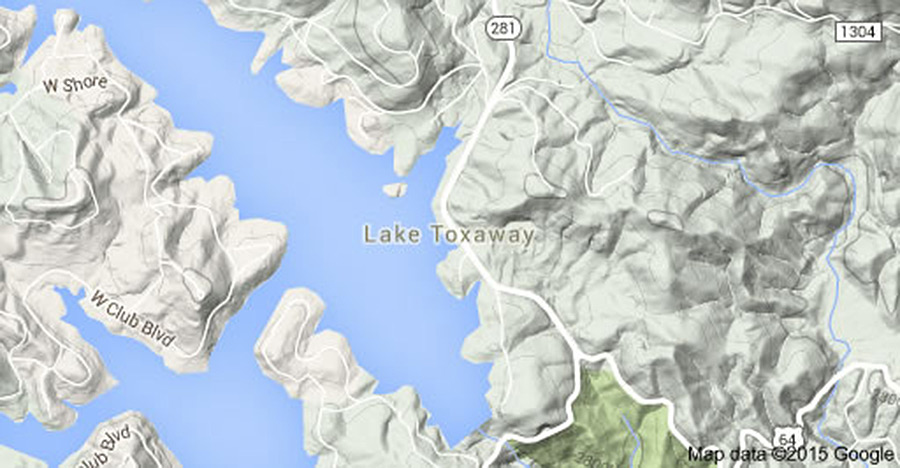BOONE—The Tallulah Gorge area in Georgia and Toxaway Falls in Gorges State Park in Western North Carolina are well known for their beauty and outdoor recreational offerings.
For Appalachian State University geologists Gabe Casale and Jamie Levine, the areas are also rich in geological information.
Casale and Levine, both assistant professors in Appalachian’s Department of Geology, have received a $139,895 award from the National Science Foundation to study dome formations in the two areas. They say the information will provide a greater understanding of the processes that created the Southern Appalachian Mountains.
Mountains are built through a combination of two processes – compression or extension, Levine explained. One way to visualize the process is to think of an old-fashioned telescope. Compression occurs when the telescope is closed. Push both ends together and it gets shorter, and on average wider. “Extension is pulling both ends of the telescope apart. It gets longer and on average thinner,” Casale said.
“The Tallulah Falls dome is thought to have formed by compression. This is a reasonable assumption because the whole region was undoubtedly being compressed when the dome formed,” Levine said. “We think that instead it may actually be the result of extension, meaning that at the same time most of the region was being shortened, compressed and growing mountains, in some areas the same forces resulted in extension and pulling apart,” she said.
To determine whether the Tallulah Falls dome was formed by compression or extension, Casale and Levine will turn to a set of tests developed about 40 years ago to categorize dome formation in the Rocky Mountains as well as modern technology, Casale said.
“It revolutionized what geologists thought about the ways in which mountains evolve,” Casale said of the method. “Geologists applied the criteria in the Rocky Mountains. The mountains are overall compressional, but the domes in the Rocky Mountains are extensional. While there are features that you can see in map scale in the Southern Appalachians that are very similar to extensional features that you see in the Rocky Mountains, that specific set of criteria has not been applied here.”
Changes in technology also will enable the geologists to analyze data in ways that couldn’t be accomplished as recently as 10 or 15 years ago. Casale and Levine, assisted by undergraduates at Appalachian, will measure the orientation of rocks at the two sites, collect samples, look for specific structures in the rock, and determine the temperatures at which they were formed and whether they were being uplifted by extension or compression.
“If rocks are making a dome because the earth’s crust is getting thicker from two plates coming together and compressing, that dome’s thermal evolution is going to be different than if it’s doming up because the materials above it are being removed as it cools down,” Casale said.
By determining the age of different rocks in the areas, the geologists will be able to determine when the domes formed and also what was occurring within the entire mountain range.
“If we find evidence for extension in these domes, there are probably a number of domes in the Southern Appalachians that may need to be reevaluated,” Casale said.
About Appalachian State University
As a premier public institution, Appalachian State University prepares students to lead purposeful lives. App State is one of 17 campuses in the University of North Carolina System, with a national reputation for innovative teaching and opening access to a high-quality, cost-effective education. The university enrolls more than 21,000 students, has a low student-to-faculty ratio and offers more than 150 undergraduate and 80 graduate majors at its Boone and Hickory campuses and through App State Online. Learn more at https://www.appstate.edu.
What do you think?
Share your feedback on this story.












